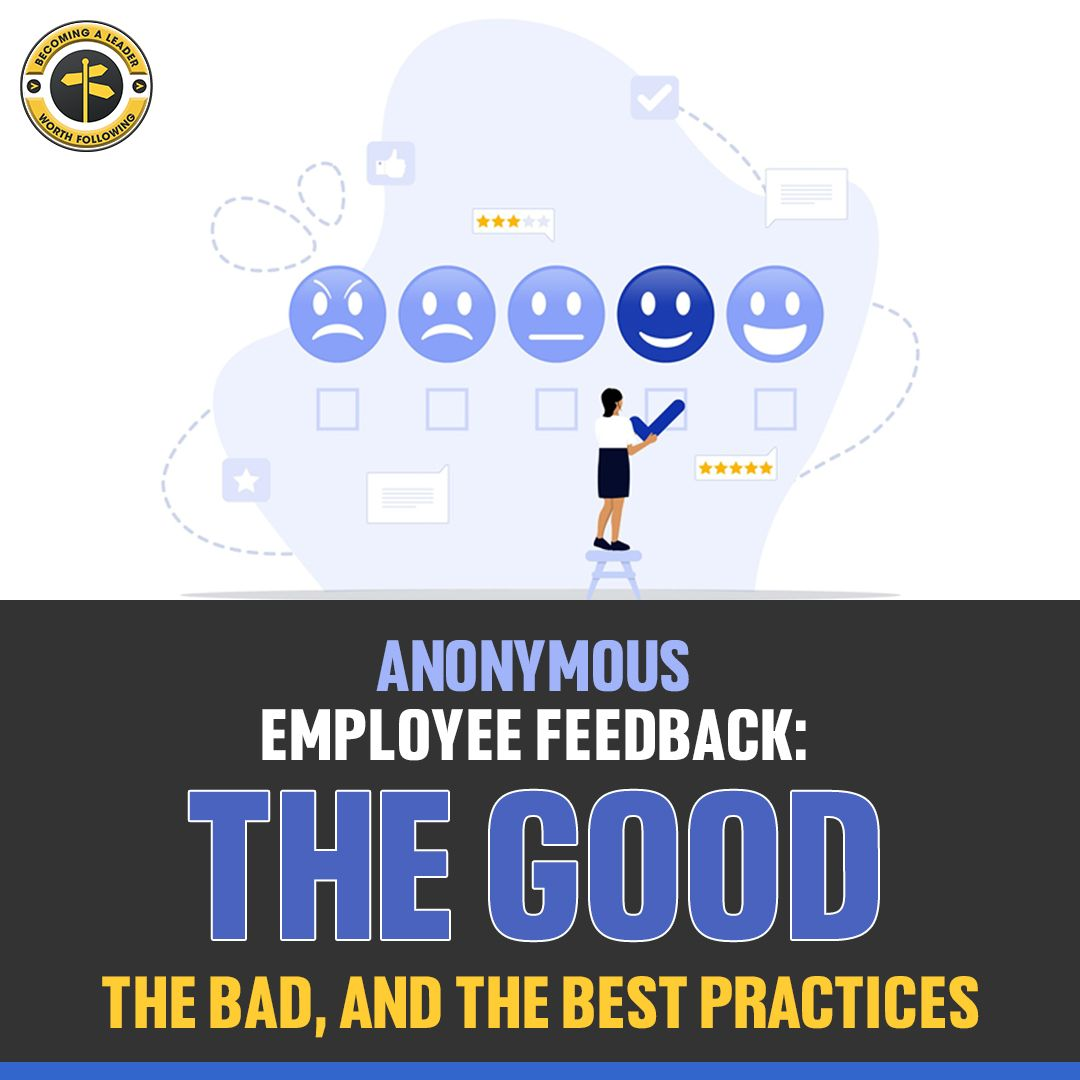Anonymous feedback in the workplace can feel like a double-edged sword. On the one hand, it empowers employees to speak openly without fear of backlash. On the other hand, it can unintentionally create a culture where honesty only flows behind a curtain. Should your organization embrace anonymous employee feedback? Let’s unpack the pros, cons, and best practices to help you make an informed decision.
The Case For Anonymous Feedback
Anonymous employee surveys, when done right, can provide leaders with crucial insights into workplace morale, communication breakdowns, and areas for improvement. Especially for employee opinion surveys, anonymity can encourage employees to share what they might not feel comfortable saying directly.
But timing and consistency matter. Too often, organizations conduct these surveys only after a crisis or major event, leading to skewed or reactive results. The most valuable feedback comes from routine, scheduled surveys, whether that’s annually, biannually, or every 18 months. This builds a habit of transparency and normalizes feedback as part of company culture.
The Risks of Anonymous Feedback
The flip side? Anonymity can sometimes reinforce a message that employees can’t be honest unless their name is hidden. That’s a red flag.
Even worse, how organizations handle anonymous feedback can unintentionally break trust. If anonymous comments are shared verbatim, especially in smaller teams, people can often guess who wrote what and who it’s about. This undermines confidentiality and can create tension, suspicion, or even retaliation.
Best Practices for Collecting Anonymous Employee Feedback
To reap the benefits without the backlash, follow these tried-and-true tips:
✅ Use a Third-Party Facilitator
Bringing in a neutral third party to collect and analyze feedback helps ensure confidentiality and objectivity. They can also distill feedback into constructive, anonymized themes, avoiding the pitfalls of sharing raw comments.
✅ Summarize, Don’t Single Out
Don’t share direct quotes that could expose someone’s identity or target others. Instead, summarize themes. For example:
“Several comments suggested supervisors could benefit from more training”
is far more helpful and less inflammatory than a direct quote pointing fingers.
✅ Someone Still Needs to Read It All
Whether it’s a consultant or someone internal, someone must review all the raw comments, even the uncomfortable ones. Yes, it might sting to read feedback that feels personal, but take it in stride. Look for patterns, not one-off criticisms.
✅ Be Transparent About the Process
Let your team know how the feedback will be used, who will see it, and what actions will come from it. If employees don’t see meaningful change, or worse, fear retaliation, the value of feedback disappears.
When Not to Use Anonymous Feedback
Anonymous systems aren’t a one-size-fits-all solution. For performance reviews, project retrospectives, or situations requiring dialogue and resolution, open, honest communication is better served face-to-face. Building a culture where people feel safe to speak up directly should be the long-term goal.
Final Thoughts: Use Anonymous Feedback With Purpose
Anonymous feedback isn’t inherently good or bad; it’s all about when and how you use it. When implemented thoughtfully, it can open the door to honest conversations and meaningful workplace improvements. But misuse can foster distrust and miscommunication. If you’re introducing anonymous employee surveys, keep them consistent, handle the data with care, and commit to responding with transparency and action. Because feedback only works if your people feel heard and safe.



